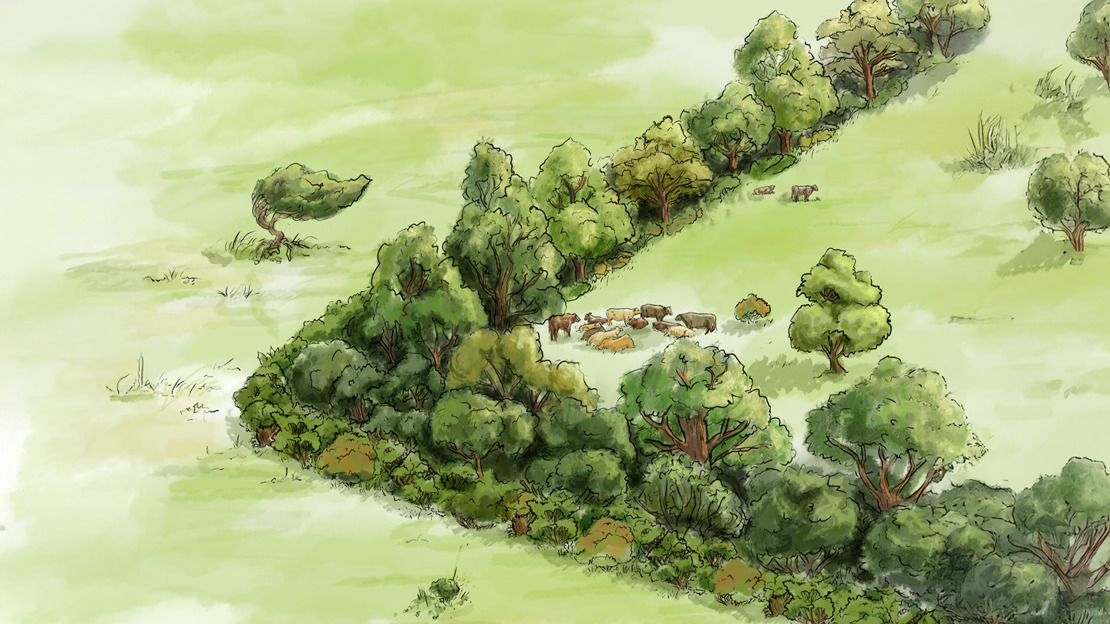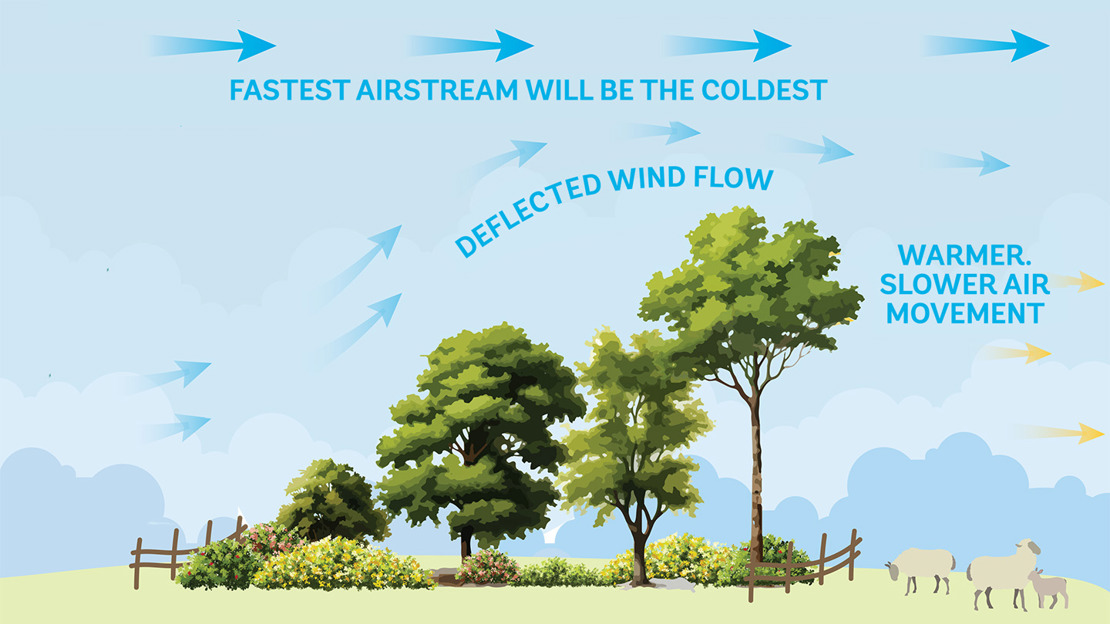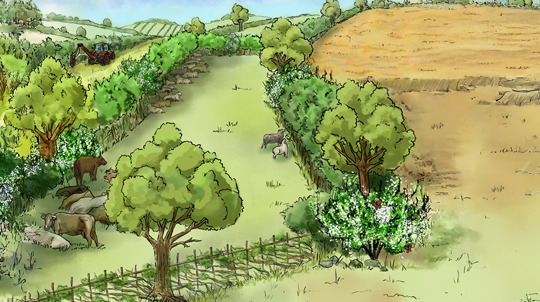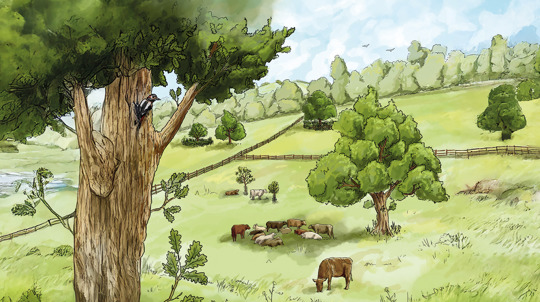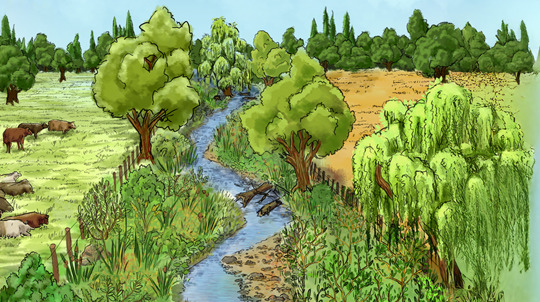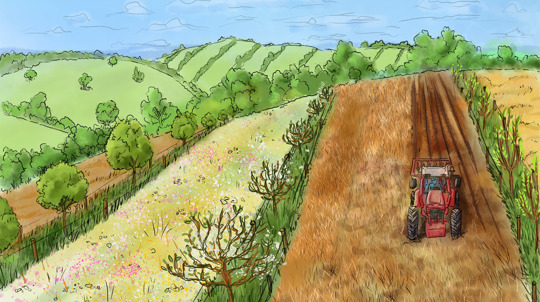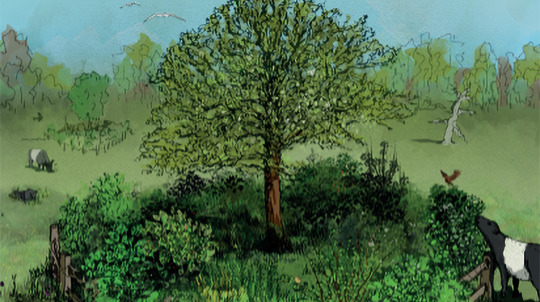We offer expert advice and funding to help you integrate trees into your farming system through our MOREwoods, MOREhedges and Trees for Your Farm schemes.
To find out more about working with us on a bespoke agroforestry plan for your land, get in touch at plant@woodlandtrust.org.uk.


